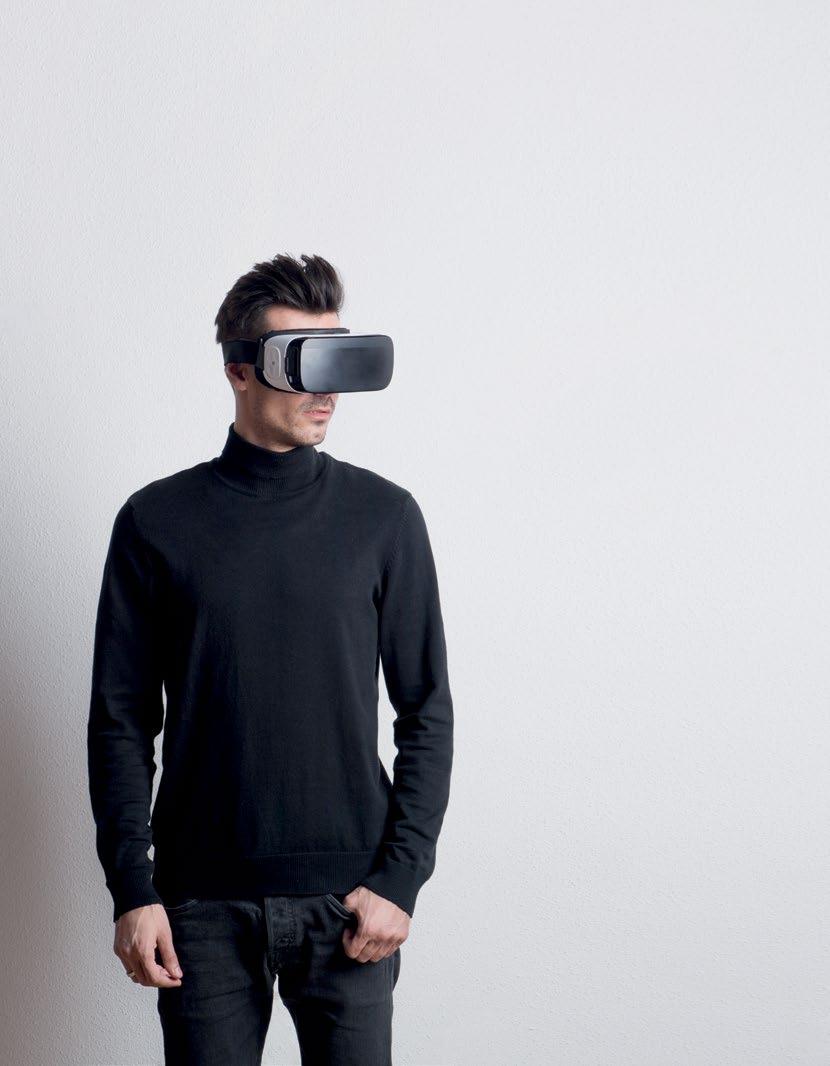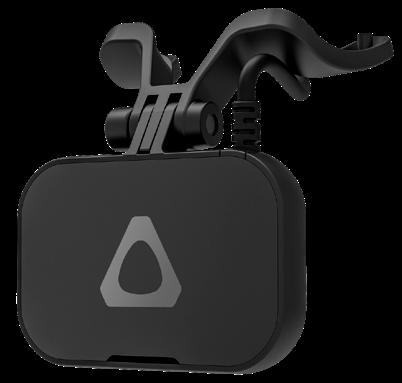
3 minute read
Virtual Reality: science fiction is more real than ever - Mauro Orozco Moreno
Videogames have long been an industry on par with the movie industry. Today, many video games have the artistic, technical, or narrative quality of any Oscar-winning award film, but with extra magic: you are there, you provide the sense and rhythm to that narrative, you make the decisions, control, and interact with that world, and you belong to it. This industry has taken advantage of a resource that, although not entirely new, has grown enormously in the 21st century. We are talking about Virtual Reality (VR) and Facebook's Oculus or PlayStation googles, but can this be used beyond videogames? Of course, and an impressive future is ahead.
Let's review some of the uses it already has and which are more or less known. For example, in medicine, apart from simulators to practice surgeries, the Spanish National Research Center for Scientific Research (CSIC) was able to reduce the effects of Parkinson's disease in several patients with depVR treatments; patients perform daily activities such as having breakfast in virtual reality, showing improvements after a short time. In industries like the automotive, there is a concept called digital twins. This consists of having a virtual “twin” of some object or product and experimenting with it before making changes to the physical object.
Advertisement

The game Assassin’s Creed Origins, which is set in ancient Egypt, added a mode intended only for map exploration, so that, with the VR, the game provides you a tour to what the game reconstructed, such as the Library of Alexandria. 360° videos have been particularly useful in activities such as journalism or to walk through a 3D model to better measure spaces and monitor lighting in disciplines such as architecture. These are some current uses for VR.
Now, regarding an extremely specific product, the HTC company has created the Vive Facial Tracker. This device is adapted to VR lenses and works as a face tracker. The device attaches to the googles and, according to HTC, can recognize around 40 facial movements in lips, cheeks, teeth, nose, tongue, chin, and jaw. At the moment, it is only intended to create more detailed avatars, however, it is being discussed how useful it can be in sciences such as criminal psychology, i.e., to identify if someone is lying, nervous, scared, or confident through gestures. While this happens, this invention could be a big step towards social interaction via VR. Maybe we can meet that friend on the other side of the world in a virtual place, recognizing all of his/her gestures.

All these are things that already exist, be purchased, or tested. What about the future? Nvidia, famous for its graphics cards for PCs and cell phones and its contributions to the world of video games, has an extremely important idea in mind for VR. In a recent interview with Nvidia CEO Jensen Huang, he assures that the future of the company lies in creating a metaverse (omniverse, as he calls it). The idea of this metaverse or alternate universe is to create a virtual world parallel to ours and use it as a sandbox. Would you like to build a train crossing the jungle through the Tehuantepec Isthmus? Well, the Nvidia omniverse would let you see the environmental, commercial, or other impacts or benefits that this Mayan Train could have before building it in the real world. Nvidia's idea is that companies or governments contract this service so that, when there is a virtual Guadalajara, for example, they can experiment there to see how viable some projects are, to avoid failures, or train works that take six years to complete.
Thus, VR is no longer just science fiction but a tool that can terrify many. As I have mentioned before, it depends on not losing the horizon in our moral compass and not allowing these developments to lead us to a cyberpunk dystopia. For the time being, we can only be excited about what can be achieved with this technology. There is nothing to fear, even with Nvidia’s CEO saying that this metaverse will not only be alternate but will merge with our own universe and with enhanced reality –not to be confused with virtual reality– which we will talk about, perhaps, in the upcoming issues.
Mauro Orozco Moreno

Communicologist and historian graduated from the University of Guadalajara. Since 2019 he is dedicated to journalism and content creation about video games, technology and “geek culture” on the internet. He was co-founder of the page Operación Gamer and currently his content appears on his page Totherland on Facebook Gaming.










